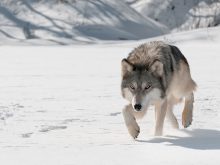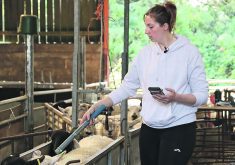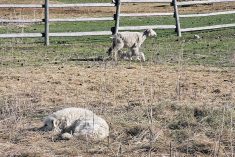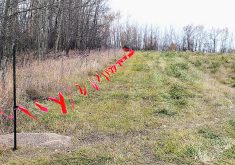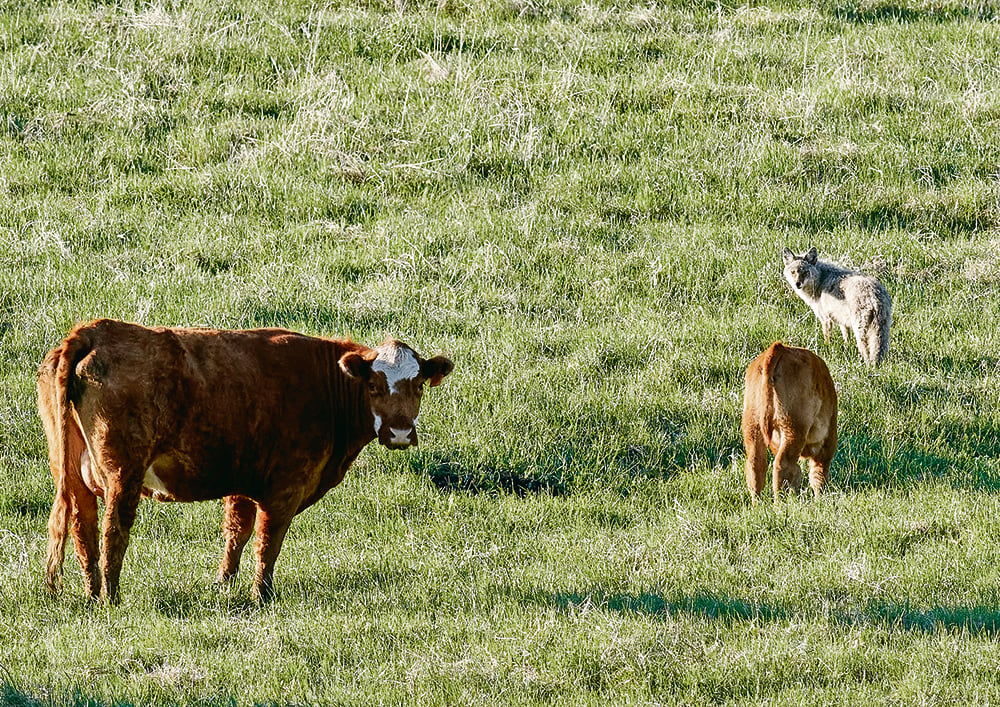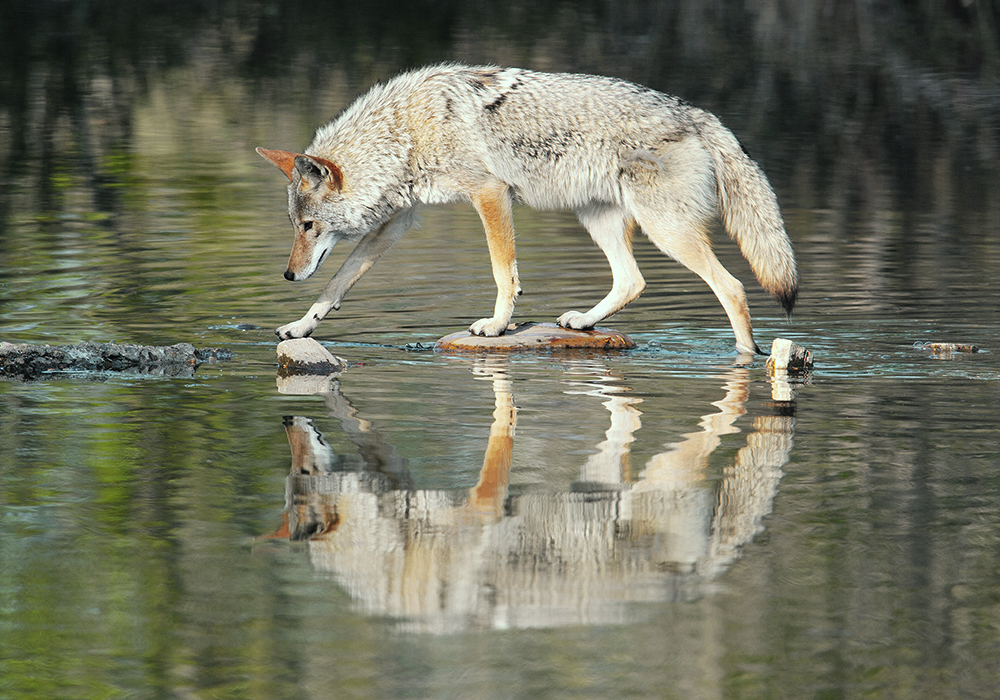Bale grazing, corn grazing and off-site watering have replaced traditional systems on many livestock farms in Western Canada over the last decade.
The practices save farmers time and money, but an Agriculture Canada biologist says the new approaches have a downside.
“A lot of the (production) innovation has … allowed producers to have larger herds in larger areas, while maintaining lower labour costs,” said Melanie Dubois, a biodiversity and ecosystems specialist with Ag Canada in Brandon.
“(But) with the reduction in contact, an increase in time between wellness checks and an increased distance from human dwellings … there is a cost. You are trading off an elevated risk of predation for a reduction in labour costs.”
Read Also
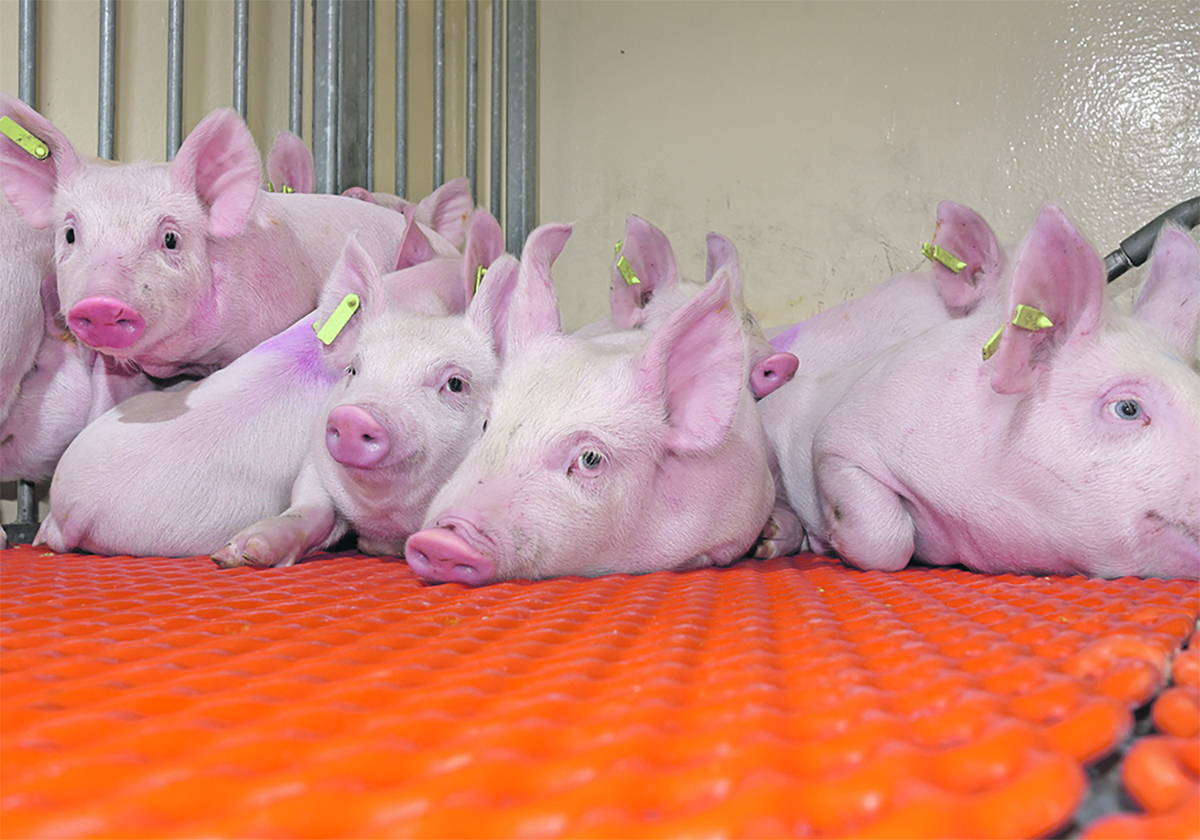
The Western Producer Livestock Report: July 17, 2025
U.S. hogs averaged $106.69 on a carcass basis July 11, down from $110.21 July 4.
Dubois is a member of the Manitoba Livestock Predation Protection Working Group, which includes representatives from the provincial government, Manitoba Beef Producers and other livestock organizations.
They are studying ways to minimize wildlife-livestock conflict, such as the use of guardian animals like llamas, dogs and donkeys.
Dubois said the predation risk may be higher on some farms, but cattle producers haven’t adopted practices to prevent attacks.
“The use of guardian dogs for cattle, in Manitoba, is not particularly popular. It’s not something that’s been part of the arsenal,” she said. “If you were talk to any sheep producer, there is no way they would run sheep without a guardian animal.”
Cattle producers have said that llamas, donkeys and Great Pyrenees dogs cannot ward off wolves because a pack will simply kill the guardian animals.
Dubois said research demonstrates that guardian animals are effective. It’s unfair to claim the animals cannot protect cattle if a producer hasn’t used them, she added.
“Guys who I do talk to, who do use guardian animals, see a significant decrease in predation,” she said.
“That being said, you have to match the number of dogs to the size of your herd and to the pressures … from the predators.”
Brian Lemon, general manager of MBP, said it’s hard to argue with Dubois’ logic.
Producers have moved to practices where cattle may be further from the farmyard, and the industry needs to find solutions appropriate for the production model.
“Predators are part of our landscape and they’re a public asset. It’s when they become problems. That’s what we need to deal with. It’s not about dealing with wolves, it’s about dealing with wolves that get comfortable (attacking) cattle,” said Lemon, co-chair of the predation prevention working group.
“How do we find a way … for the public asset (wildlife) to co-exist with this industry…. I think guardian dogs have an effective impact … (but) we need to look at a suite of things.”
A number of producers in Manitoba’s Parkland region say a bounty on wolves is the solution. If the wolf population is out of control, the only way to manage the problem is reducing wolf numbers.
Research on wolves indicates that bounties are ineffective, Dubois said.
“They simply compensate by increasing reproductive rates and moving into territories they weren’t in before,” she said. “It has not (been) documented to reduce the number of attacks on livestock in any meaningful, long-term way.”
Lemon said there is a “time and a place” for removing problem predators, but it’s not a silver bullet solution.
“It’s a useful tool to have in your toolbox, but it needs to be used in conjunction with proactive, rather than reactive tools.”
MBP hopes to collaborate with Manitoba’s new government on strategies that will reduce predator attacks on livestock.
One possibility is an on-farm assessment program, in which biologists and cattle experts help farmers evaluate predation risk and develop solutions appropriate for the individual farm.
“Given the way you farm … here are the tools within the toolkit that you can use,” Lemon said.
“What works on one farm may not work on another farm.”






